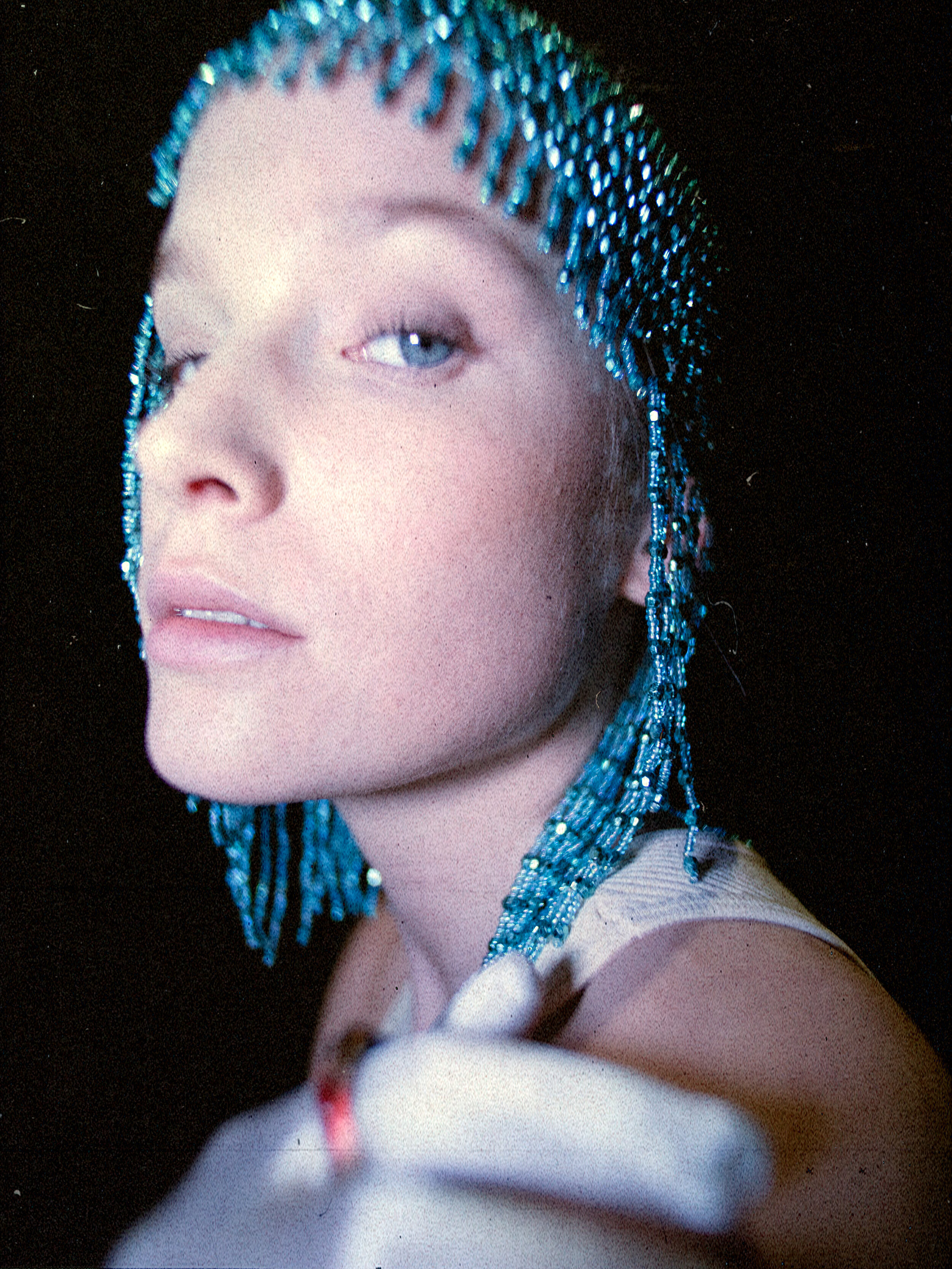A Hundred Years Prologue
By Jacqueline Montealegre
It would be a huge mistake to overlook the history that made the 1920’s scenes some of the most unforgettable of all times, of most decades even. It’s hard to miss the stories, the glitter, the vibrant music and colors that forever marked that time. We are not just speaking on behalf of the grandiose sound of Louis Armstrong and his Sugar Foot Stomp in the background, but for all the new paths of empowerment and newness those roaring years left for us to savor. We have been given the opportunity to redefine or make our own interpretation of what a flapper person is in the 21st century and especially amid a global pandemic.
After World War I, the world experienced several changes that represented a shift in the arts. For the most part, all of the attention was redirected to the western world but that didn’t stop this new wave of ideas to permeate all aspects. If there’s a couple of words that could describe the ‘20s fashion sense, it would be rebellious and updated. The flapper girl of the time wore dresses on trend, but also carried herself with independence and new ways of making social statements. Throughout those years, the social dynamic in some countries underwent a radical change. It certainly was not all about art and fashion. The post-war period forced society, specifically women and minority groups, to adopt new forms and meanings, from adjusting to new labor conditions to sexual liberation.
Being a part of any of these groups is strongly related to some sort of discrimination or exclusion, whether it was the 1920’s decade or the 2020’s being characterized but a global pandemic. But certainly, COVID19 made it all worse. If you add up confinement measures imposed by governments and isolation structures, women and vulnerable groups had to endure a number of barriers like no other. But what can we say about modern women and, in the spirit of diversity, flapper beings? The pandemic made us live a series of new paradigms that shifted the way we explore ourselves and the relationships we have with other people and even with our body and clothes.
For the sake of change itself, a flapper being is an important member of this revolution against these discriminations and forms of oppression, it’s both a cultural and digital revolution. Whether it’s through the proliferation of new virtual communities that made sure the cultural scene wouldn’t die or through the expression of one’s point of view in the form of alternative instagram accounts, virtual book clubs or digital museums. The flapper girl of the 1920’s had new freedoms found in incredible dresses and comfort to move, do and say as she pleased to the extent of their political and social liberties, but have unparalleled sources that enable the flapper of the 21st century to keep pushing towards creative and artistic forms of freedom.
We’ve seen the data, relationships are being formed through popular apps and dates are taking place via Zoom. People are receiving their college degree on conference calls and there’s virtual exhibitions and photoshoots planned. The modern flapper being is navigating these crucial years in a way that no other emblematic figure has done it. It goes from a volatile debate via social media towards social justice or climate change, to searching different forms of consumption, such as second hand clothes and becoming viral on tik tok in a matter of hours. If anything, the concept flapper taught us how to embrace new beginnings and that should be our big new entrance to this new decade.



